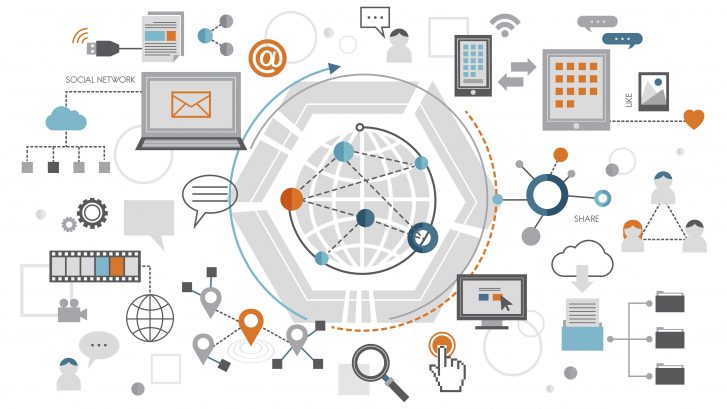Being connected to the whole world, anytime, anywhere, has never been so easy or accessible as nowadays, being an integral part of today’s society. However, while this all seems novelty, the history of social media began much longer.
Do you want to know how and when social media came about? Do you know the pioneer services?
Get to know the most important dates in the history of social media.
The history of social media does not begin with computers. Tools such as telegraph (1792), telephone (1890) and radio (1891) gave the opportunity to send and receive messages from a distance. However, social media began to pick up momentum in the late 1960s, when computers were very rare.
1969 – Launch of CompuServe
The first services that allow socializing data, with the development of the dial-up technology and the launch of CompuServe appeared: one of the first online services of connection to the Internet at international level. It was one of the main content sellers (news, sport, meteorology, etc.) in the 80’s, as well as the service that popularized the exchange of figures, mainly in GIF format.
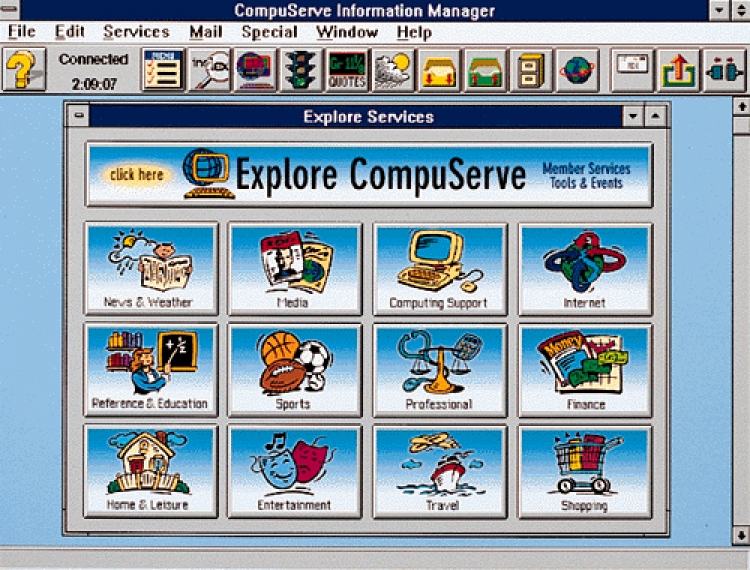
1985 – America Online (AOL)
AOL provided tools for people to create virtual profiles in which they could describe themselves and create communities for information exchange and discussion on various subjects. In 1997, AOL implemented an instant messaging system, which gave rise to chats and messengers.
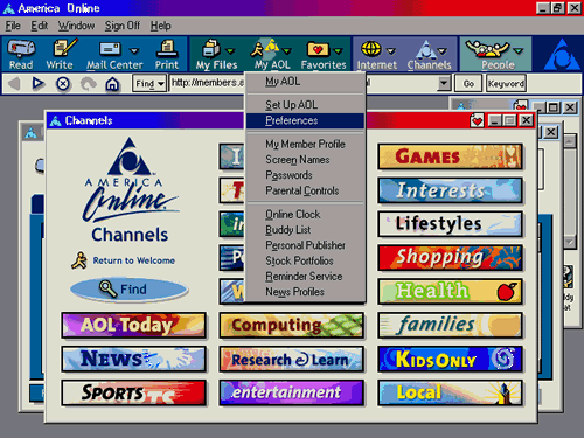
1994 – First traces of social media
Geocities was launched, whose concept was to allow people to create their own web pages.
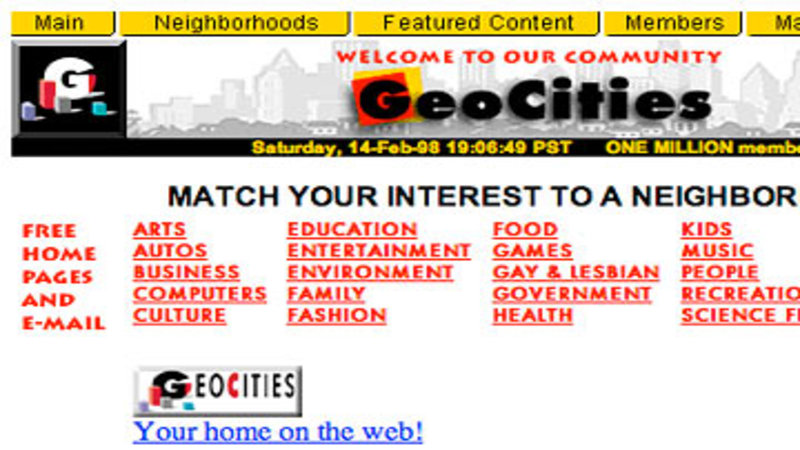
1995 – The Globe and Classmates
At The Globe, users could personalize their online experiences by posting personal content and interacting with people with common interests.
1997 – Pictures, messages and murals
The social media inaugurated this year, Six Degrees, launched the model that is still used today, with the publication of photos, messages, publication murals and lists of friends.
1999 – The blogs trend!
This year, blogs became fashionable, from the moment companies invested in their automation. People who did not have a great knowledge of programming started to create blogs, thanks to the ready templates and the common tools of texts, which transformed the text in HTML code automatically.
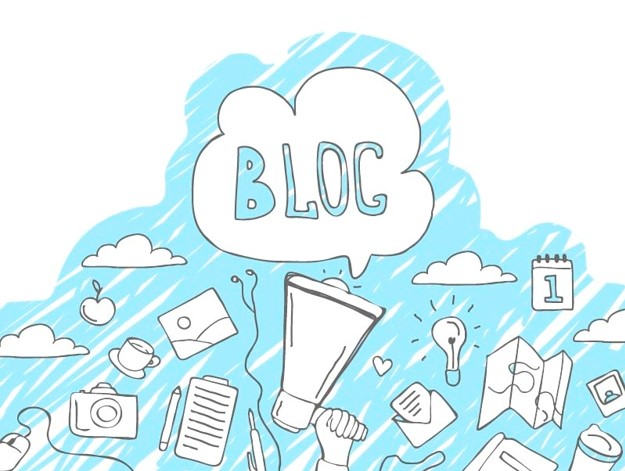
2000 – The Internet “boom”
Social media began to gain more force, since the internet gained popularization in the houses of the people and even in the work. From this period, social media have gained thousands of users and several services have started to emerge.
2002 – Fotolog and Friendster
Fotolog consisted of the publication of photographs accompanied by a text written by the user. It still exists, but not so strongly. Friendster was the first to be known as a social network because it allowed real-world friendships to go virtual.
2003 – LinkedIn, MySpace and Hi5
Throughout this year, three more networks were launched:
• LinkedIn, aimed at meeting professionals and exchanging information on the job market;
• MySpace, which was a great worldwide success thanks to its greater interactivity;
• Hi5, which provided photo albums and allowed to install a media player, with users’ favourite songs.
2004 – Some of the most popular networks until today emerged
In 2004, Flickr, Orkut and Facebook were created. The first one is dedicated to photography lovers, Orkut has become very popular in Brazil and, finally, we have Facebook, which is currently the largest social network in the world. Facebook was the network that marked the boom in the history of social media. However, the Zuckerberg network was only made available to the public from 2006 onwards, because before that it was used solely by Harvard University students.
2005 – The video began to reign
This year we saw the launch of YouTube, where users can upload, share and watch videos. It is very successful to this day!

2006 – Twitter
This network challenges users to write posts with 140 characters, currently 280. In number of users, it is the network that is closest to Facebook.

2010 – Images reigns with Pinterest and Instagram
Both networks are dedicated to photo sharing, with slight differences: Pinterest is very good for inspiration; Instagram is more dedicated to sharing photos, and now also videos, and allows you to apply filters.
2011 – Google+ and Snapchat
Google+ has been able to separate contacts by social circles. In October 2018, it was announced that half a million accounts were affected by a bug that allowed users to access private data from outside programmers. Subsequently, the network will be closed.
As for Snapchat, it was distinguished by the possibility of the photographs being available only for 24 hours.
As we have seen, the history of social mediaoriginated in the late 1960s and continues today. It has an increasing impact on everyday life, and certainly the history of social media will not stop here.


